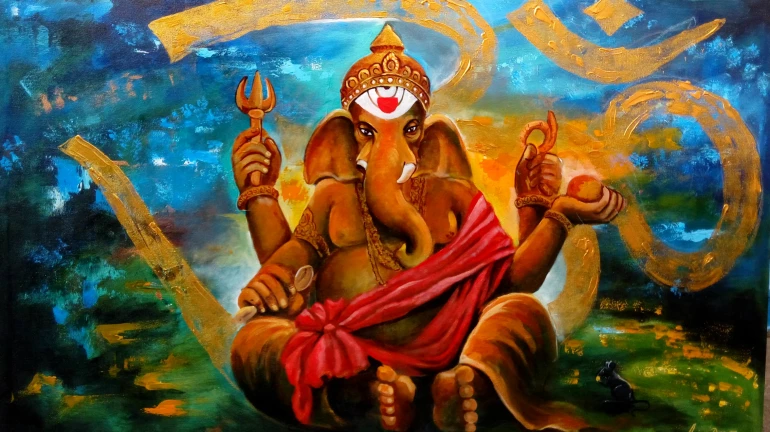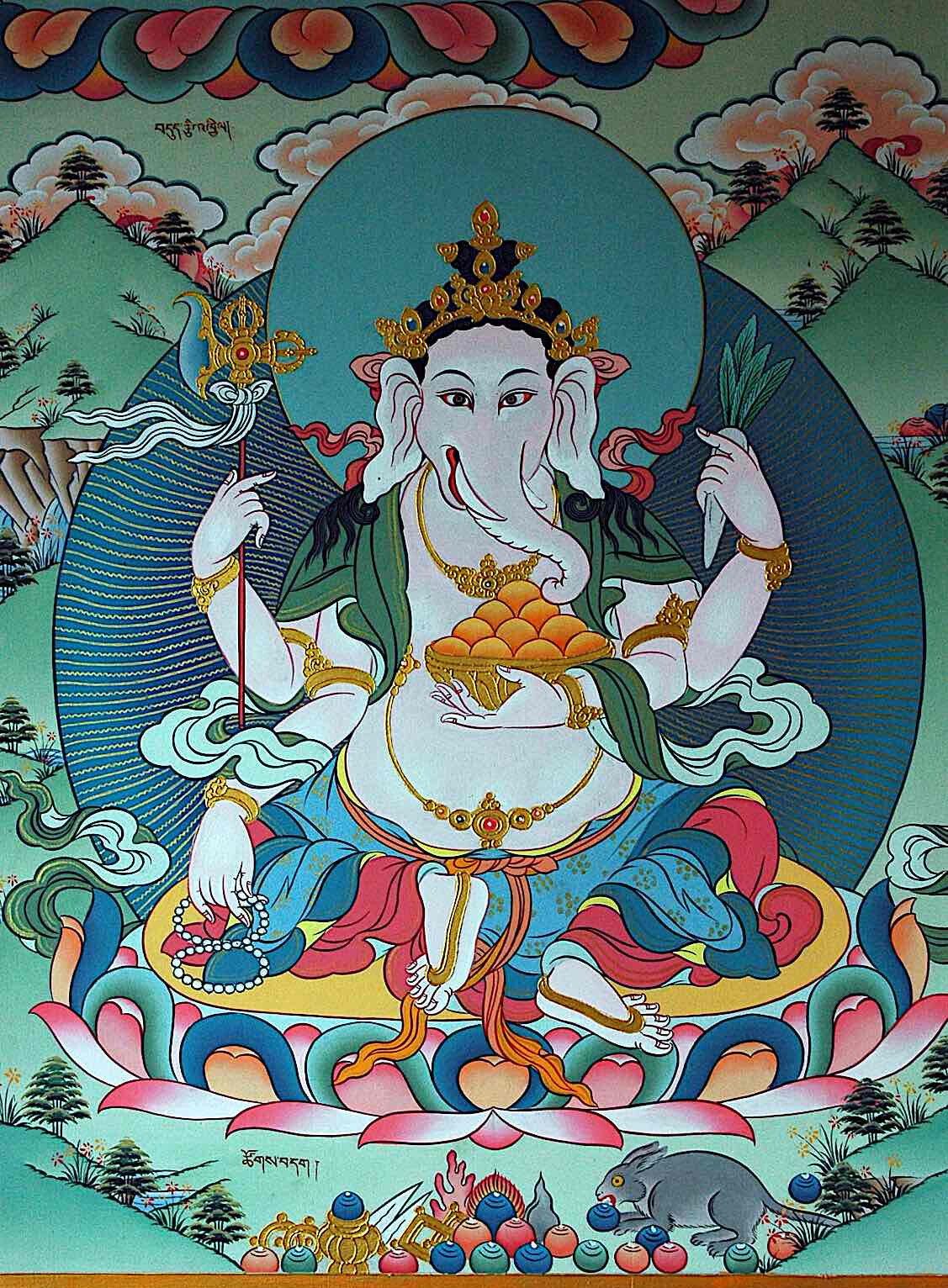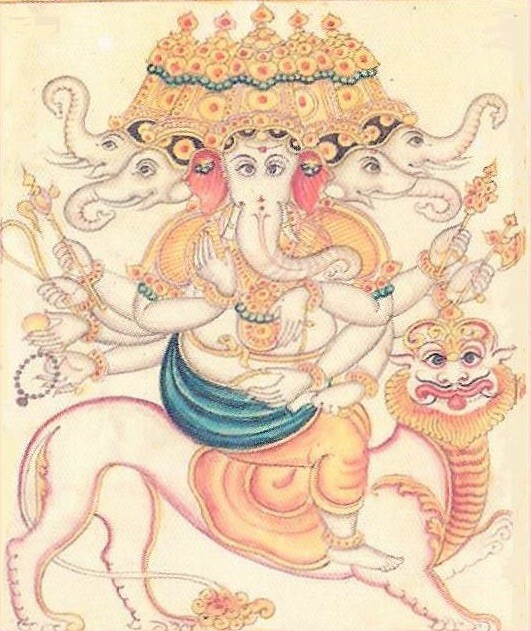
One of the most awaited festivals for the Mumbaikars, Ganesh Chaturthi will soon mark its inception September 2 onwards. The festival is celebrated by the whole city with pomp irrespective of the citizens' religion, caste, creed, locality. What had started as an excuse to bring people together for the independence movement, today has become one of the most vibrant cultural sightings of the country.
However, before Ganesh Chaturthi begins, it is vital that one understands the prevalence of the elephant-God. Ganpati has various origins and these origins have been described differently in various mythologies. Here are some excerpts from various mythologies that show Ganpati's vivid origins:

After Hindus from India ventured to Southeast Asia for business, the culture witnessed an expansion as the parts of Southeast Asia embraced Ganesha as a deity of their own. Ganesha appears in Mahayana Buddhism, not only in the form of the Buddhist god Vināyaka but also as a Hindu demon form with the same name.
His image has recurred in Buddhist sculptures during the late Gupta period. As the Buddhist god Vināyaka, he is often shown dancing. This form, called Nṛtta Ganapati, was popular in northern India, later adopted in Nepal, and then in Tibet.
In Buddhism, sometimes Ganesh is seen as a worldly deity dedicated to protecting Buddhism (often under Vajrapani), but in some Mahayana stories he is a Bodhisattva and consort of Avalokiteshvara, and in some Tantric forms — in some lineages — he is an Enlightened deity.
 Credits to the respective artist
Credits to the respective artistHeramba is a popular form of Ganesha and he has five heads and rides a lion. Ganpati is worshipped in this form in Nepal and is reverred as one of their major deities. The Mudgala Purana mentions Heramba Ganapati as one of the thirty-two names of Ganesha. The Skanda Purana lists that Heramba Vinayaka as one of the 56 Vinayakas in the vicinity of Varanasi.
As per Hindu mythology, Heramba means the protector of the weak. Heramba is considered to have the power to confer fearlessness and bring defeat or destruction to one's enemies. The Hairamba or Heramba sect usually worships Heramba with his mother Shakti (Parvati).
 Credits to artist
Credits to artistKangiten (Japanese for God of Bliss) is Ganpati's form in Shingon and Tendai schools of Japanese Buddhism. He is generally considered the Japanese Buddhist form of the Hindu elephant-headed god of wisdom, Ganesha and is sometimes also identified with the bodhisattva Avalokiteshvara.
While Ganesha's Kangiten form is depicted with an elephant's head like Ganesha as a single male deity, his most popular aspect is the Dual-bodied Kangiten or the Embracing Kangiten depicted as an elephant-headed male-female human couple standing in an embrace. (shown in the image).
This indicates that culture is like grass. One never needs to tend to the grass, since it keeps on growing and spreading as it turns a barren land in a lush field, leaving behind a beautiful sight. The story of Ganpati may have been an Aryan feature but its effects have spread out across the globe.





